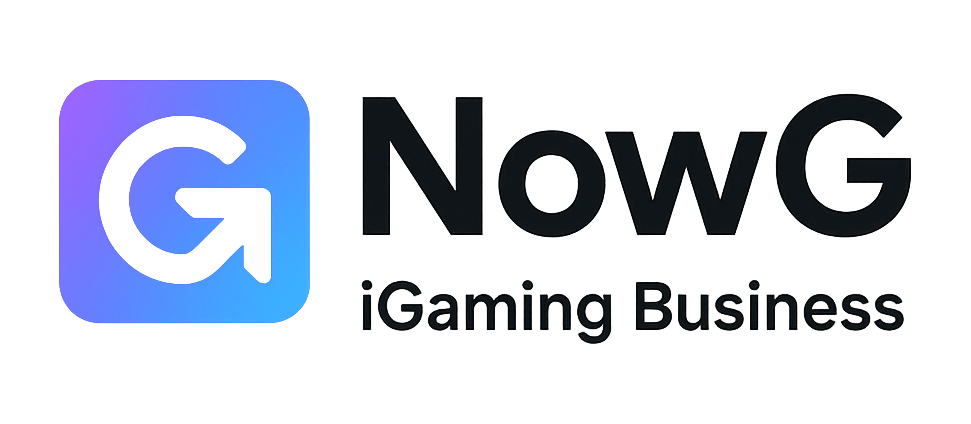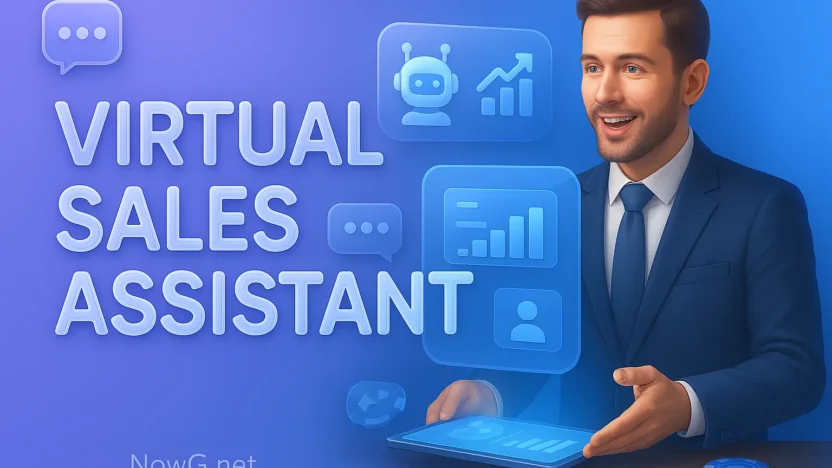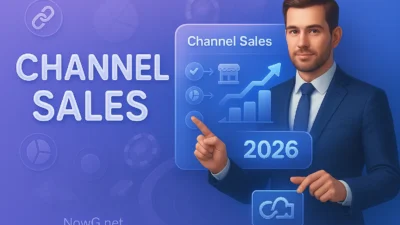Last Updated on November 20, 2025 by Caesar Fikson
A virtual sales assistant is the fastest way in 2026 to increase a qualified pipeline without ballooning payroll.
You get a reliable engine for lead capture, qualification, follow-up, scheduling, and reporting—running 24/7, never forgetting a touchpoint, and handing your closers cleaner conversations. We’ve deployed and audited dozens across sectors; below is the unvarnished, operator-grade guide to choosing, standing up, and measuring the right model for you.
Here’s the bottom line: if your reps still spend half their week chasing no-shows, triaging inboxes, or copy-pasting notes into the CRM, you are leaking revenue. Let’s fix it.
What A Virtual Sales Assistant Actually Does
Think of it as a dedicated SDR/RevOps layer that never sleeps. It handles: inbound triage and qualification; outbound sequencing with personalization; call/chat coverage; calendar orchestration; CRM hygiene; post-demo follow-ups; renewal nudges; and revenue reporting. In practice, you’ll deploy one of three models (or a mix): human remote assistants, AI SDRs, and conversational chat/voice agents.
💡 Pro tip: Map tasks to outcomes before you pick a tool or vendor. “Book more meetings” is not a task; “qualify all demo requests in < 10 minutes with ICP rules and auto-schedule in AE calendars” is.
Types of Virtual Sales Assistants (and When Each Wins)
| Type | Core use | 24/7 | Setup | Typical cost | Best for |
|---|---|---|---|---|---|
| AI SDR (email + LinkedIn + SMS) | Personalized outbound, auto-follow-ups, reply handling | ✅ | Days | $$ | Mid-market/new GEOs; volume prospecting |
| AI Chat/Voice agent | Inbound capture, FAQ, routing, instant scheduling | ✅ | Days | $$ | High website traffic; after-hours coverage |
| Human remote assistant | Complex tasks, messy ops, research, calling | ❌ (shifts) | Weeks | $$–$$$ | Enterprise accounts; bespoke workflows |
| Lead gen/enrichment bot | Account mapping, contact discovery, scoring | ✅ | Hours | $–$$ | ABM teams; data-poor segments |
| Sales coaching/QA assistant | Live call tips, objection libraries, note sync | ❌ (live hours) | Weeks | $$ | Ramp new reps; consistency at scale |
Hiring Guide: Build, Buy, or Hybrid?
You’ve got three sane paths. Build an in-house stack (AI + playbooks) for control; buy from a specialist agency/BPO for speed; or run a hybrid where AI covers 80% and a slim human layer handles edge cases and phone work.
| Option | Speed | Control | Quality | Cost | Notes |
|---|---|---|---|---|---|
| AI platform (do-it-yourself) | ✅✅ | ✅✅ | ✅ (with guardrails) | $$ | Needs strong ICP rules + CRM discipline |
| Agency/BPO (managed assistants) | ✅ | ❌ | ✅ (if niche-experienced) | $$–$$$ | Great for calling & multi-timezone coverage |
| Hybrid (AI + fractional SDR) | ✅ | ✅ | ✅✅ | $$ | Our default: AI handles volume; humans handle voice & finesse |
💡 Pro tip: During vendor trials, test on the ugly 20%—noisy replies, reschedules, ambiguous asks. Anyone can automate the easy 80%.
30-Day Implementation Blueprint
Week 1 — Define rules, not vibes
Codify ICP (firmographics + role + triggers), qualification logic, and disqualification landmines. Write reply intents you’ll accept (meeting, referral, not now, pricing, opt-out). Establish calendars and territories to avoid collisions.
Week 2 — Wire the stack
Authorize inboxes and calendars, connect CRM/marketing automation, set UTM conventions, create a sandbox pipeline, and switch on dedupe/lead assignment rules. Create three reusable sequences: net-new outbound, inbound speed-to-lead, and reactivation of aged MQLs.
Week 3 — Content + tone kits
Draft a tone guide (voice, formality, words to avoid), 8–12 modular email snippets, LinkedIn openers, and voicemail scripts. Add a short brand Q&A for chat/voice agents. Record a 60-second product recap the assistant can reuse.
Week 4 — Pilot, inspect, scale
Run on a 500-lead cohort. Inspect every booked meeting and 100 random replies. Patch edge cases, tighten opt-out handling, then expand to full target lists and switch reporting to executive dashboards.
Have you considered the downstream impact of switching your speed-to-lead from 4 hours to 4 minutes?
Expect higher show rates, fewer “already picked a vendor” replies, and smoother handoffs because context is captured automatically.
Roles & Responsibilities (So Nothing Falls Through)
| Responsibility | Owner | Cadence |
|---|---|---|
| ICP & rules maintenance | Sales leadership + RevOps | Monthly |
| Content/tone updates | Marketing | Monthly |
| QA of 50 random interactions | Enablement | Weekly |
| Calendar/territory collisions | SDR manager | Weekly |
| Reporting (KPI pack) | RevOps | Weekly + QBR |
KPI Pack That Proves ROI
Measure like a CFO. Vanity metrics live in drafts; revenue lives in dashboards.
- Speed-to-lead: median minutes from form to first touch (target < 5 minutes).
- Meeting yield: meetings booked per 100 engaged leads; show rate by source.
- Pipeline per 1000 contacts: dollars created, by motion (inbound, outbound, reactivation).
- Response quality: % of replies correctly classified and routed; manual overrides < 5%.
- Data hygiene: % of contacts with complete core fields; duplicate creation rate.
- CAC impact: ad + assistant + people cost per SQL vs. baseline.
💡 Pro tip: Split dashboards by assistant-sourced vs assistant-assisted. You’ll see where the assistant is a primary engine (outbound) versus a multiplier (inbound triage).
Risk, Compliance & Brand Control
AI can be brilliant and blunt. Guardrails matter. Set hard limits on discounts, pricing, legal language, and integrations. Require opt-outs on every touch; throttle volume to respect sending reputation; log every message to the CRM for auditability. For human assistants, define data-access scopes by profile and turn on login alerts.
| Risk | Mitigation |
|---|---|
| Off-brand messaging | Tone guide + snippet library; weekly QA |
| Hallucinated promises | Allowlist responses; block pricing until AE |
| Data leakage | PII redaction, role-based access, audit logs |
| Deliverability damage | Warmup, domain pools, bounce/complaint caps |
| Double-booking | Calendar ownership + round-robin rules |
Industry Playbooks (Quick Wins)
SaaS (B2B)
Assistant monitors trial signups, classifies by role and stack, triggers a 5-step coaching sequence, answers pricing FAQs, and books success calls for high-intent users. Expect higher activation and faster PQL conversion.
iGaming & betting
Assistant handles partner and B2B operator inquiries, routes affiliate applications, qualifies vendor pitches, and schedules procurement calls. For B2C operations, a separate agent covers VIP callbacks and churn-prevention winbacks (with strict compliance rules).
Automotive & retail
Assistant confirms test drives, checks inventory fit, sends trade-in forms, and nudges post-visit follow-ups. Inventory changes update talking points automatically; no leads age out over weekends.
Build Your Assistant “Brain” (Templates We Recommend)
Start with a lightweight knowledge base: 20–30 Q&As (product, pricing boundaries, integrations), 10 objections with approved responses, 8 short customer stories, and 6 call-to-action endpoints (book, refer, download, qualify-out, route to billing, escalate).
It’s frustrating when promising campaigns plateau unexpectedly, isn’t it?
Often the culprit is inconsistent follow-up and weak qualification. A good assistant fixes both on day one.
Cost Model & Simple ROI Math
Price varies by complexity, but a practical model is cost per booked meeting and cost per qualified opportunity. If your baseline is $650 per qualified meeting and the assistant reliably books at $250–$400 with similar win rates, you’ve created budget room for more coverage or new channels. Use trailing 60-day data to set targets and iterate weekly.
💡 Pro tip: Always include AE time in ROI. A meeting that shows and converts but requires 30 minutes of data cleanup is not cheaper. Assistants must write back cleanly to CRM.
Your Next Step
For the quickest win, consider piloting a hybrid approach: AI for inbound speed-to-lead and dormant-lead reactivation, and a fractional human for live calls and complex scheduling. We built free NowG templates to help you define ICP rules, reply intents, and KPI dashboards—use them to stand up your first assistant in days, not months.
FAQ About Virtual Sales Assistants
What is a virtual sales assistant?
A virtual sales assistant is a human or AI resource that handles sales tasks like lead capture, qualification, scheduling, follow-ups, and reporting. In 2026 most teams run a mix of AI SDRs, conversational agents, and fractional human coverage.
Should I hire a human assistant or use AI?
Use AI for repeatable, policy-driven tasks (inbound triage, outbound sequences, reminders). Use humans where nuance matters (phone, complex objections, bespoke research). A hybrid usually wins on cost and quality.
How fast can we launch a virtual sales assistant?
With clear ICP rules and calendar access, an AI assistant can go live in 1–2 weeks. Add a week for tone/content kits and QA. Human assistants typically require 3–4 weeks for recruiting and playbook training.
What KPIs should we track?
Speed-to-lead, meetings per 100 engaged leads, show rate, pipeline per 1000 contacts, reply classification accuracy, data hygiene, and cost per qualified meeting versus baseline.
How do we protect brand voice and compliance?
Create a tone guide, approved snippet library, hard guardrails for pricing/legal language, and weekly QA. Log all interactions to your CRM. For email, enforce opt-outs and sending limits.
Which tasks are best to automate first?
Inbound form follow-up under 5 minutes, aged-lead reactivation, no-show rescheduling, demo recap emails with next steps, and routine qualification questions from your knowledge base.
What does a realistic budget look like?
Expect platform fees in the low to mid hundreds per month per seat for AI, plus modest ops time. Managed human assistants range higher depending on region and calling requirements. Model ROI as cost per qualified meeting and opportunity.
Try NowG’s free tools to plan your assistant rules, generate tone kits, and spin up a KPI dashboard. If you want a second set of eyes on your blueprint, we’re here to help pressure-test it before you flip the switch.




